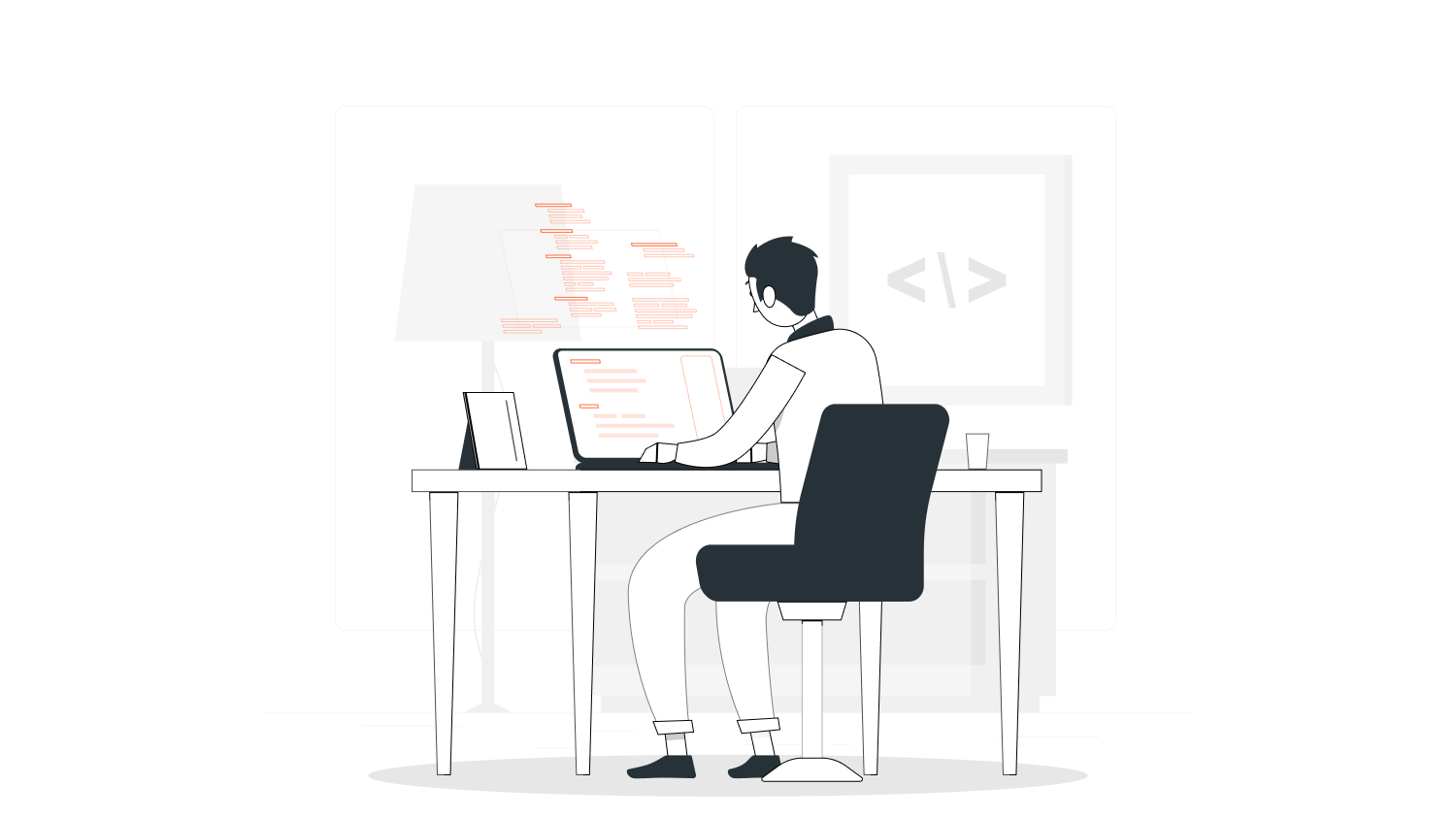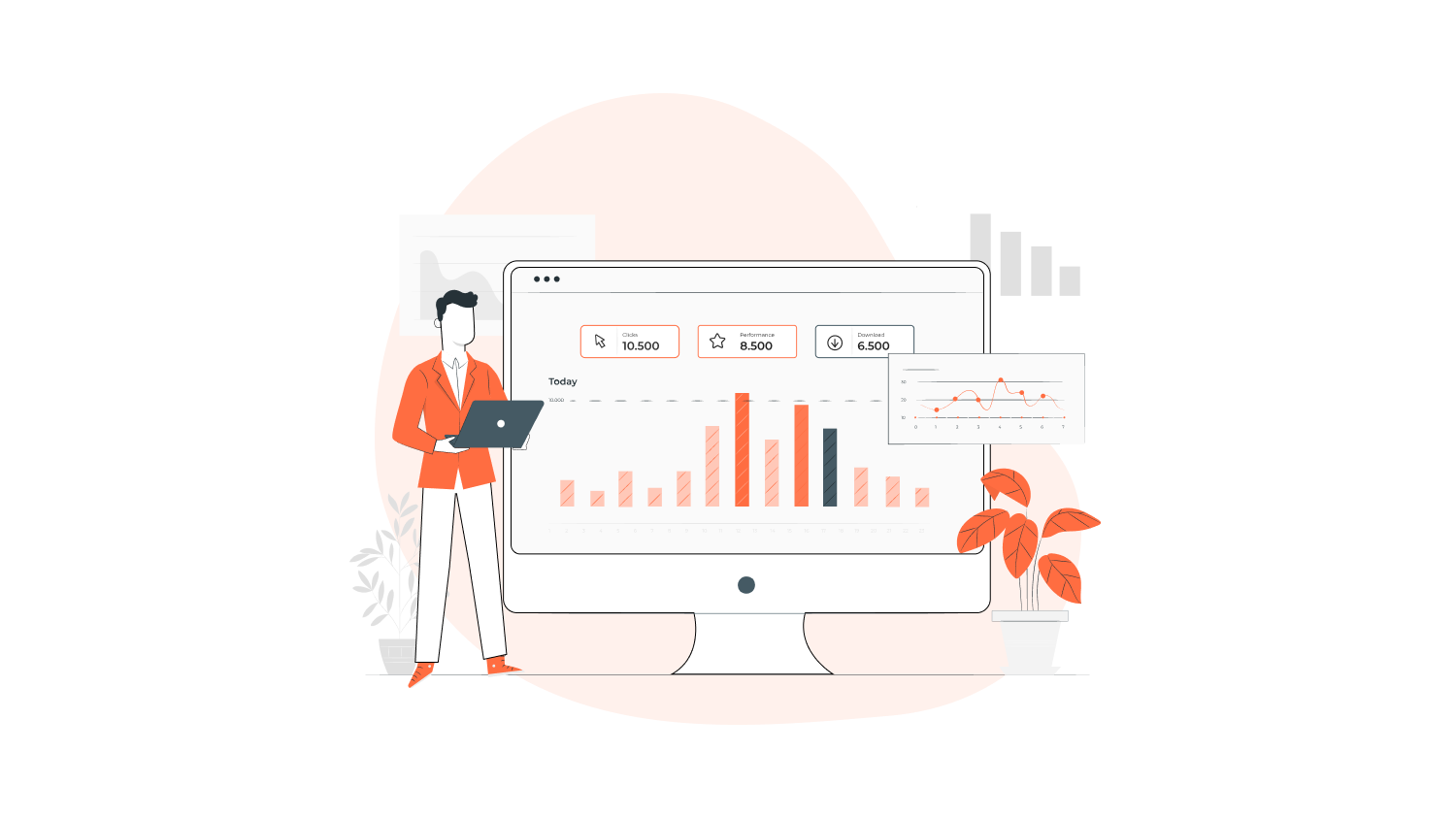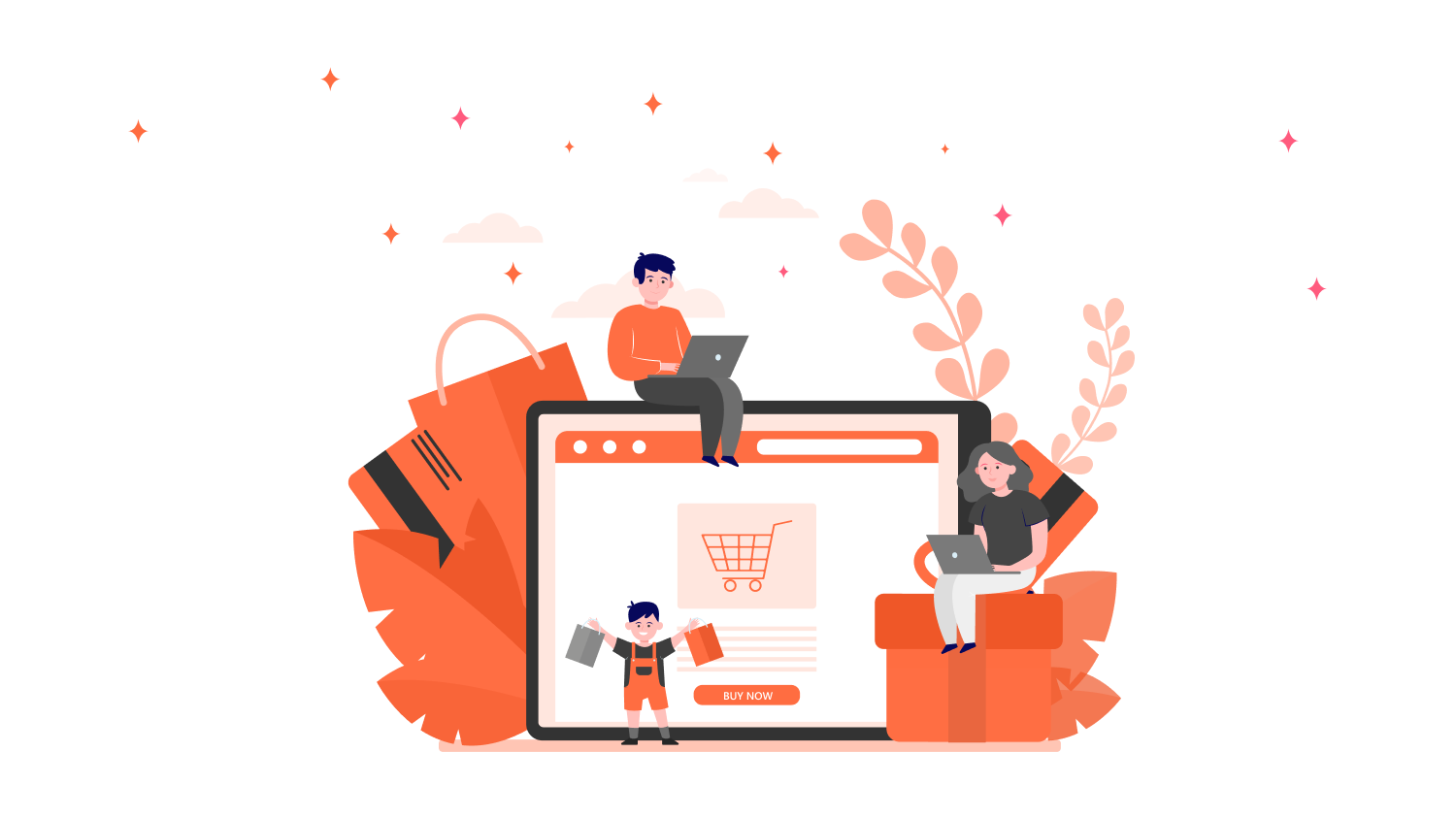So you have a business or an idea for a business and now thinking of building a website for your business. You landed on the right page.
In this guide, we will show you the seven crucial phases of web development that help you create amazing & highly- converting websites.
Just owning a website is not enough for a business to grow. You need an effective website with proper design and user experience to attract more potential customers.
Web design and development has different phases, if you follow it you will potentially end in the desired results with awesome quality.
Let’s get started.
What is the Web Development Life Cycle?
Web design and the development life cycle is similar to the software development life cycle.
It explains the phases of web development. It comprises all the steps from setting the goal to the maintenance of the website after the site goes live.
Even though coding gives shape to a website, it doesn’t mean it contains only the coding process. There are many other phases like designing, content creation, and more that happen behind the screen.
Not only the developers, the entire team from the client-side, server-side, and the marketing side should have a basic idea of the web development cycle to achieve an exceptional website by adding valuable pieces of advice at the right time.
Mostly there will be 5 to 8 steps in the web development life cycle. In this blog, we will go through the important seven steps of the web development process.
7 Phases of Web Development
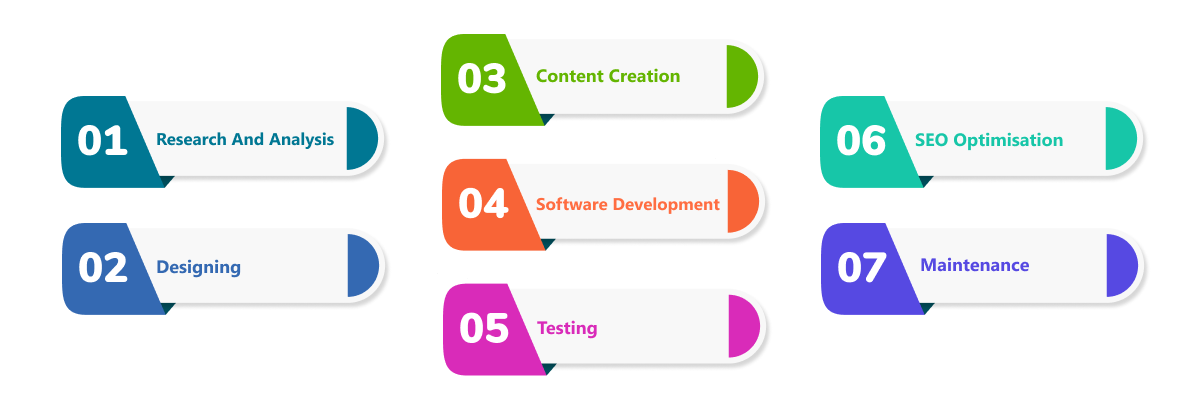
Before getting into the phases, Let talk about the one important factor – Goal setting.
Understanding the goals in the client’s mind or defining the goal before starting a project to the team members is more crucial.
Without a goal, the team can easily get distracted from getting close to the desired end product. So before starting the web development process be sure to know why the website is built.
1. Research and Analysis
Research and analysis is the first and most significant step in the web development process. This step includes all the research to be done before designing and creating the content for the website. In this step, you’ll have to define the following:
-
-
- Potential target audiences
- Purpose of the website
- The services provided
- Adequate demand for the service
- Expectations of the look of the website
- Competitor analysis
- Budget estimation
- Resources needed
- Timeframe for each phase
-
In this step, you will give a clear idea for creating the website design and content. The team members will get a clear picture and explanation of their works with proper definitions and stats.
So at this stage, the team understands the requirements and the audiences of the website.
2. Designing the Website
After understanding the requirements of the website, designers will plan the web design with an interactive layout for the customers.
According to Hubspot, about 90% of the website visitors bounce due to poor design. It is also an essential and crucial phase of the web development process.
Based on the data collected, you will make a sitemap and the wireframe for the website.
Sitemap and Wireframe
A sitemap provides a bird-eye view of the website like website placement, list of websites. Sitemap is considered as the blueprint of the website. And it also tells the search engine which page is important in your website.
5 steps to easily create a sitemap:
-
-
- Review the structure of your pages
- Code your URLs
- Validate the code
- Adding your sitemap to the root and robots.txt
- Submit your sitemap
-
The wireframe is created by a UX developer. It contains details about the essential sections in the website such as CTA, subscription box, etc. Before coding, you need to elaborate on all the details which need to be included in the website. Wireframe gives a clear picture of the website user interference.
The first step in the designing process includes preparing a layout. A layout has a graphical presentation of the actual website like header, footer, placement of content, images and videos.
In this process, we also include the logo, colour scheme, font used on the website. When you decide on such components, always keep in mind the goal and the target audience of the website.
After completing the layout, the software architect will move to UI/UX design. The UI and UX designing includes visual presentation and the behind the screen works of the website designing.
While designing the website, you should keep in mind that the website should be interactive for visitors. The design should be visually pleasing.
A website in one sector will be different from the one in another sector. Also, you should design your website based on the preferences of your audience. For example, if your potential target audiences include old age people, then you can consider making the font bigger and bold.
After this stage, you will get an overall picture of the website and its basic functionalities.
Some of the tools used for web designing are:
3. The Content Creation
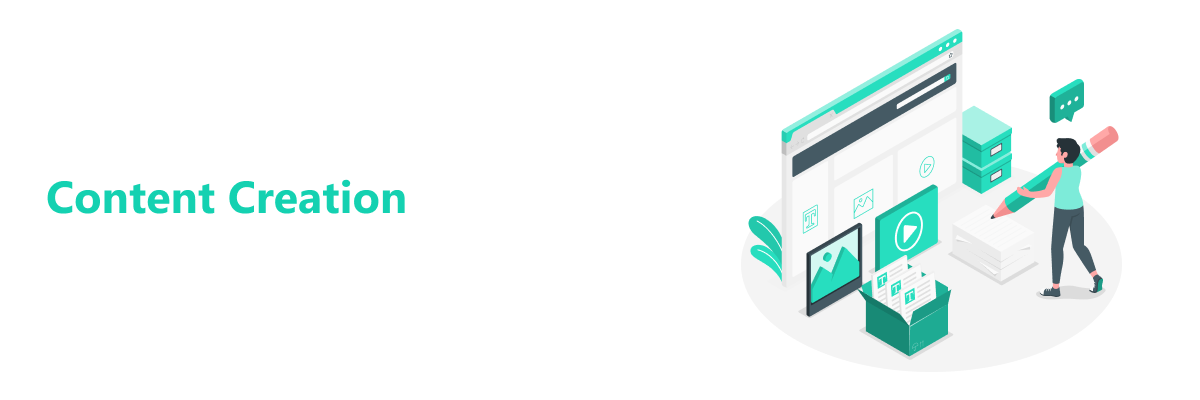
As we have heard, content is king. Yeah, many times the best content provides good revenue. When your content is catchy, it’s easy to persuade your users.
A website is built for providing information to the visitor about your service or product. If the content is unclear, there is no way the visitor will get the exact details of the service or product. There will be no action by your visitor. Content writing plays a crucial role in website development.
So creating the content includes all the essential things to the website like:
-
-
- Web page content – for home and all other landing pages
- Product or service description
- Images and the image content
- Creating videos
- Creating video scripts
- Writing a CTA
- Blogs
- Case studies
- Testimonials
-
While creating the content, always keep the target audience in your mind. The content should be simple, catchy and persuasive.
Also, we need to keep SEO in mind. Because content plays a major role in making your website SEO-friendly.
So create SEO-optimised and interactive content. Some tools for making a well-optimised content are:
-
-
- Google docs
- Dropbox paper
- Grammarly
- Word counter
-
4. Software Development
The coding phase is the fourth phase of the web design and development cycle. Coding is the backbone of the website. In this stage, the actual development of the website takes place.
There are two segments in software development:
-
-
- Frontend development
- Backend development
-
Frontend Development
As the name implies, all that we see on the website are built by the front end developers.
Here is the list of the best language for the web development:
-
-
- Java script
- HTML
- CSS
- Bootstrap frameworks
-
Developers also use frameworks or libraries like Vue, React, Angular, etc for better frontend development.
Backend Development
Backend development completely empowers the working of the website. It will be used in updating the website from time to time.
List of best languages for web development in the back end:
-
-
- PHP
- Python
- SQL
- Ruby
- Golang
-
Also, technologies like node.js and .net are used in back end development.
Most websites are developed using CMS (Content management system). In this, there are different CMS plugins to effectively manage the site. Some examples of CRM websites are:
-
-
- Zoho,
- Podio,
- Sales force, and more.
-
5. Testing
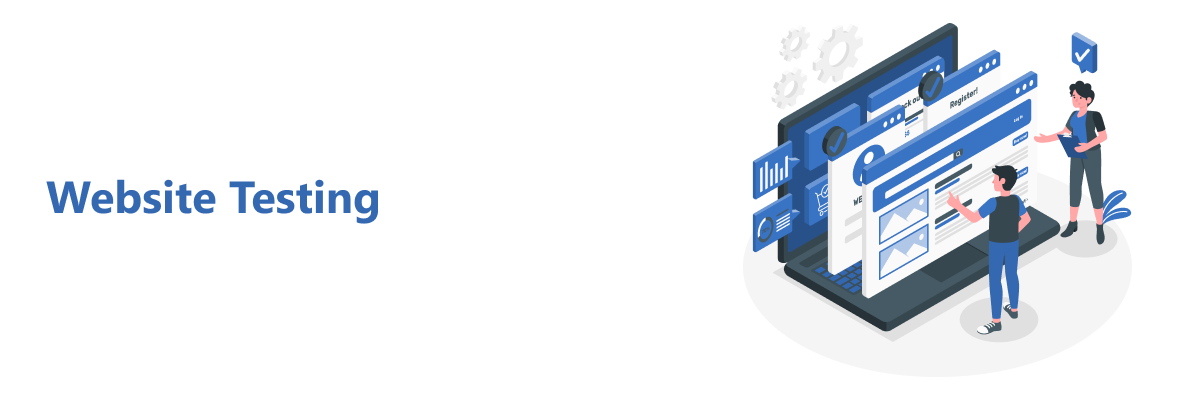
Before launching the website, it undergoes numerous testings for quality to ensure a better user experience.
Testing plays a key role in securing your website. Your website will be prone to many vulnerabilities if not tested properly.
The quality analysing test includes:
-
-
- Checking the speed of the website,
- User interference,
- Security checks,
- Admin check,
- Mobile-friendly appearance,
- Stress testing,
- Loading testing and more.
-
These tests should be done to make sure the website doesn’t have any bugs anywhere. If testing fails, there will be many errors that will affect the performance of the website.
There are many tools available for checking the website. Some of them are:
-
-
- Webload
- Test IO
- W3C link checker
- Spider
- Net sparker
-
After the testing gets completed, we need to host and deploy the website. For hosting you need to buy a domain name and a cloud service like Amazon web service, MS Azure, Google cloud products.
For deployment, we need CI tools like,
A wide range of deployment tools is available. Select the deployment tool which is best for your website requirements.
6. Marketing and SEO
So we built a website with a better user experience, speed and efficient design. But what happens if it doesn’t appear on the web searches. Won’t it be painful?
To avoid this, you need to optimise your site for search engines to let users find it easily.
Search engine marketing is based on keywords. A website without a keyword is like a car without fuel!
So make sure your website is well optimised for SEO to bring you more traffic since you need the traffic to generate revenue.
There are many tools available to search for keywords. Also, there are tools available for checking if the site is well optimised or not. You can use many tools for monitoring the traffic of the website.
Here are some practical tips to make your website SEO friendly:
-
-
- Make the URLs simple.
- Make the website compatible with all devices.
- Optimise your images.
- Avoid keyword stuffing in content.
- Use internal linking.
- Optimise meta title and meta description with keywords.
- Integrate social media pages.
-
Tools for SEO
7. Maintenance
After getting the green flag from the testing team and making the website optimised for SEO, the website gets launched on the internet.
So after the launch, you will be busy handling the maintenance of the website. Every time you upgrade your product, you will update the website.
Every trend demands some subtle to major changes in the website. So after creating the website, you will need the best maintenance for the website in the long run.
Conclusion
Every phase of the web development cycle is significant. Each step needs a separate set of human and material resources. So before starting the web design and development research, analyse the needs and goals for better results.
It is good to understand that the web development process is not only coding and launching. Web design and development is a constant journey where you can improve the site according to your needs any day.
Go with the trend and change accordingly for best results.
